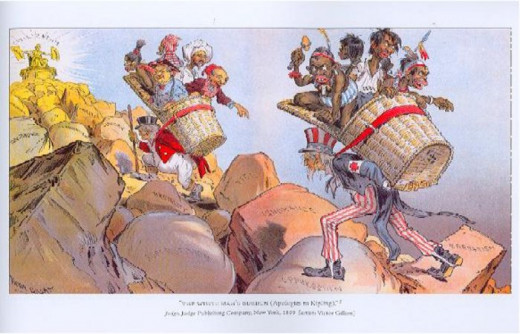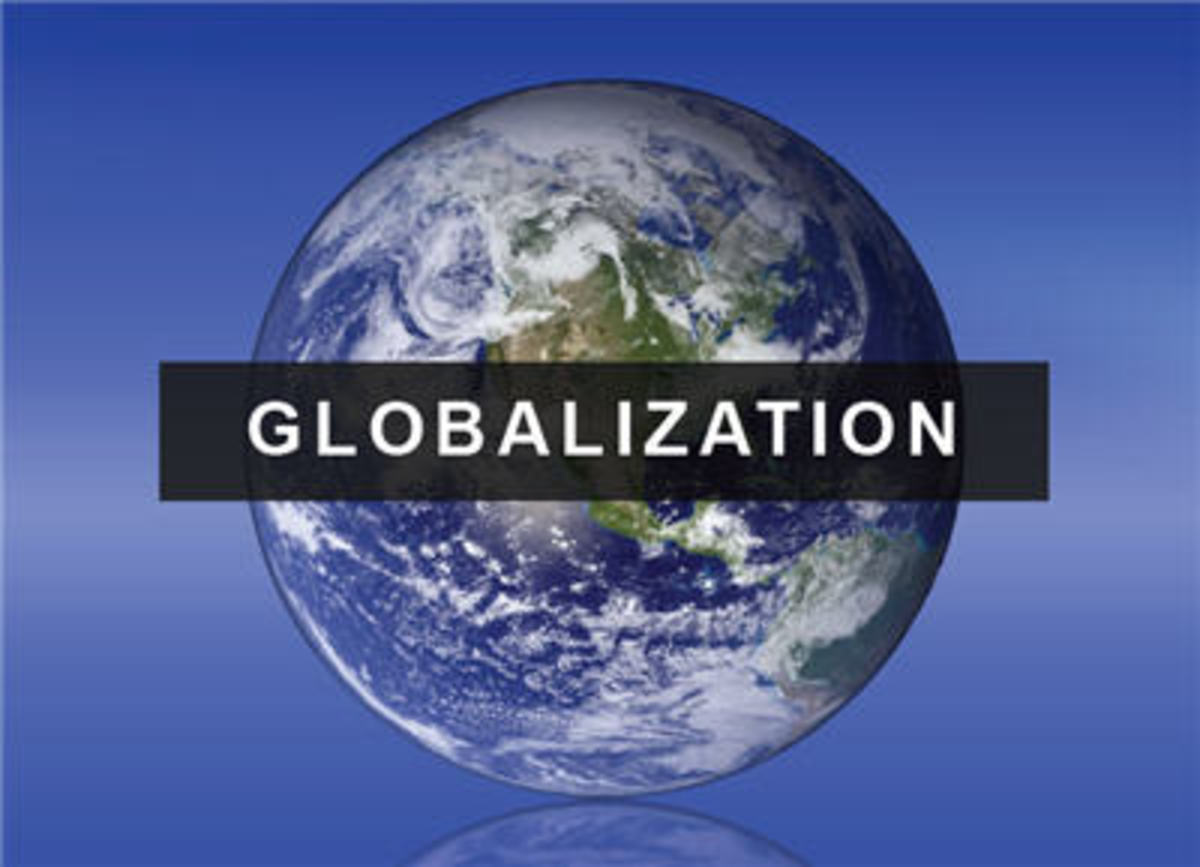Social Change

Developing countries often find themselves idealizing the ways of developed countries, while fighting to preserve their own identity in the process of development and modernization.
Change in society needs to come from collective social behavior, which is dependent on time and resources the public uses to develop. Hence, the status of women is based on each individual society and the rights of its members can be improved only when the society recognizes the violations.
The changing demographics and new technological possibilities are responsible for the shift in the society towards a relatively more gender-neutral environment. Access to Internet has opened new communication options and has expanded educational opportunities beyond countries’ borders. With an influx of information through Internet, the consciousness of societies has started to change.
For instance in Morocco, the demographic picture is changing, since men are leaving the country for employment opportunities and women are taking their place. According to Rachel Newcomb, an anthropologist at Rollins College, six out of nine of Tazi families are female headed, which means that women are the main breadwinners. As a result, women’s responsibility of providing for their family obscures the boundaries between “private” and “public” spaces. Although the society does not become matrilineal, it certainly allows females more freedom.
For centuries, men have enjoyed the central authority in kinship networks, yet today there are also females functioning as central authorities. Hildred Geertz, in her research (late 1970s) of multigenerational household in Sefrou, Morocco, states that when asked about their genealogy, people mentioned the individual with whom they were in patron-client relationship. Hence, the influential men at the center of their kinship networks were mentioned first while the women of the family were left out of the picture. Nowadays, the women with financial stability and respect, who are at the center of the kinship networks, are mentioned along with the male lineage. The change in kinship networks from male centered to female centered is significant because male centrality used to be the only option and was assumed to be unlikely to change. The path of American women was not much different from those in Fez. Though women in the US had the right to work before 1940s, it was during World War II that the female labor force grew significantly. With American men fighting in Europe, women had to take up their positions in the workforce as well as in the domestic sphere.
Thus the driving forces behind the changes in both Moroccan and American societies were socioeconomic in nature. This observation agrees with Montgomery Watt’s explanation for the emergence of the patrilineal society in the 7th century Arab world. Shift from a matrilineal society to a patrilineal one and the emergence of Islam coincided, but the two events did not share a causal relationship. Watt argues that the emergence of urban cities was the initial cause for the shift, with the possibility of wealth accumulation from trade routes; individualism rose in certain part of Arabia. The traders, often men, wanted to have the opportunity of leaving the wealth to their own sons, which ultimately caused the shift to patrilineal society. Hence, Islam should not be assumed to be the reason for the deterioration of women’s rights. Conversion to Islam was not always a willful choice and if the society is not ready for a change, then an implemented religious conversion is not going to cause a change in social behavior. Change in social behavior needs to come from areas that society itself has groomed to be changed.
One might argue that the change in developing countries in the Near and Middle East is not natural because the West has direct and indirect influence on the countries. The West is certainly present through Non-Government Organizations (NGO) and the International Monetary Fund (IMF), as well as through social and traditional media. Nevertheless, it does not generate a negative attitude because the society sees the United States as a developed country to which their developing country looks up to. For the youth, it is symbolic of the freedom they are striving to achieve; for the general public, it is representative of economic stability and growth that the country aims for.
The same problem exists in Christian states, such as the Republic of Armenia. Living in a developing country with low economic stability, high unemployment rates, and poor political freedom, the Armenian population often imitates Western culture and customs in the hopes of imitating Western financial and political success. While the old generation of Armenia and Morocco resist the change in hopes of preserving their cultures, the new one believes that their country’s development is through the Western model. Hence, the Western influence is successful since the public is ready to accept it. Failure of Iran’s White Revolution is further evidence that social readiness for the change is a necessary component for success in modernization. Most of the Iran’s population was not ready to give up their traditions in exchange for rapid development and westernization. This was well evidenced when veil was used as a symbol of opposition against Shah and acceptance of Ayatollah Khomeini as the leader of the new revolution.
The issue of women’s status is not peculiar to the societies of Islam. It is rather the issue of the developing countries, who believe that female humbleness, shyness, and obedience are unique cultural traits that need to be preserved against Western cultural invasion. The image of a good woman is embedded in most of the developing nations. A good Armenian, Iranian, Moroccan, Indian woman is the one who is a good housewife, mother, and a cook. A good woman has to be obedient and subservient, always ready to serve her husband. The image of a good woman lies, as a foundation for the Islamic Republic of Iran and sexuality of women has become the central theme of the government’s morality code, since women are considered to be preservers of culture. Similarly, Armenian diaspora seeks preservation of its Armenian roots and traditions in the image of a good Armenian woman. If one creates a list, where each country or community lists the qualities that are unique to their female members, it will become evident that the image of a good woman is the same everywhere. Yet each country/community believes in the uniqueness of these traits and subordinates women in hopes of keeping alive what is believed to be the core of their identity as a group.
The issue of women’s role and rights in a society is not unique to a certain one religion or a specific culture. It is a general problem of countries that have found themselves in a dead space trying to modernize and stay constant at the same time. Nevertheless, untimely imposition of change will only meet resistance and further subordination of women. It is in the hands of time to develop the society and lead it into a transitional stage. The path towards transitional stage is through change in collective behavior and social mentality.
References:
Ahmad, Atif A. (2009). Social behavior as a source of law in modern Muslim societies. ). Islam, modernity, violence, and everyday life (pp. 83-117). New York: Palgrave Macmillan.
Montgomery , W. (1991). Women in the earliest islam. Studia Missionalia, 40, 162-173.
Newcomb, Rachel. Women of Fes: Ambiguities of Urban Life in Morocco. Univ of Pennsylvania Pr, 2010. Print.
Sadiqi, F, & Ennaji, M. (2006). The feminization of Public Space: Women’s Activism, the Family Law, and Social Change in Morocco. Journal of Middle East Women's Studies, 2(2), 86-114.
What are your thoughts on the subject?








